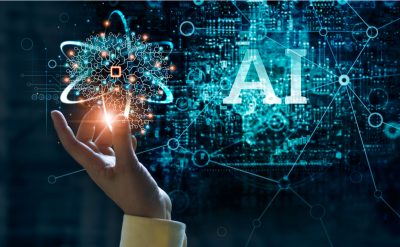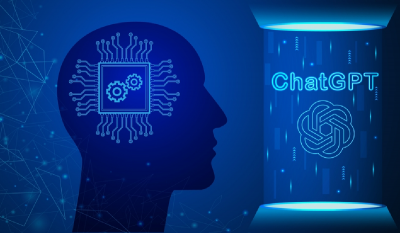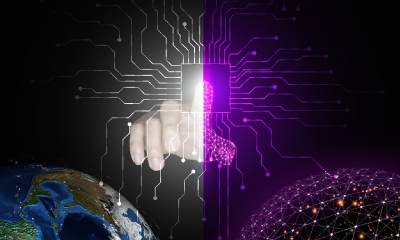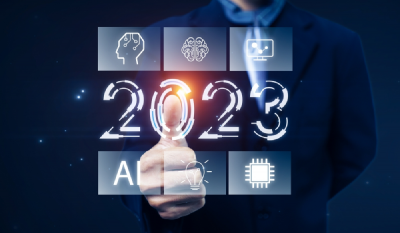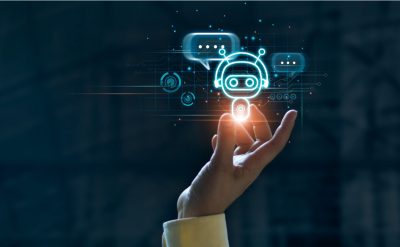Artificial Intelligence and Machine Learning are becoming one of the latest tools disrupting the current technology market. Ranging from basic application of voice assistant to solving complex astronomical problems, AI has been able to create unique and effective data models. The current AI and ML applications are also being pursued as one of the security infrastructures or a complete solution provider. Cloud providers such as AWS, Azure, and IBM are investing in AI platforms that can form data models to improve the data storage and the application security depending on the risks and vulnerabilities associated with data and access. The main problem is developing an algorithm that can fight multiple challenges across the multiple access points without slowing the data operation or affecting the data storage.
The overall security of various applications and devices has been under a lot of scrutiny from the government’s bodies and techno developers after several security breaches that have affected millions of people. When we look towards the picture of application security over the course of the past 12 months, we can observe that the number of applications has grown exponentially and so have the devices. The web, mobile, and IoT are the inseparable part of our daily life. People are unknowingly adopting various applications that have no security cover and involuntarily giving those applications access to personal data and even in some cases enterprise data. The need for constant security up-gradation and the constant threat of maintaining the usability enterprises are investing close to zero amounts for the security of the devices. This has led to growing trends of startups giving zero regards towards the data capture through different apps providing a pathway for the cybercriminals to our own devices. Artificial Intelligence and Machine learning are often being portrayed as a modern security solution that can solve the challenges. However, real-world applications are not quite seen with security challenges.
IIia Kolochenko, CEO of web security company High-tech Bridge said in statements that we need to define the Artificial Intelligence and Machine Learning; AI is capable of learning and solving virtually any set of diverse problems that cannot be certainly done with the common human brain or even applications. It’s unlikely that we would be seeing such application that can fight the security threats within the next decade. The more complicated a task is the more it will be time-consuming and expensive, it’s almost like we can’t deploy a human resource as it will cripple the process and introduce errors with the Machine Learning technology to automate the process we can introduce a more sophisticated solution.
Application and devices security has been in news for a long time and after major data breaches, we are still looking towards the failure either due to human error or deliberate insider steps to understand the failure of basic security measures. The reason security breaches have become so common among the enterprises as the specified steps of security protocol is not followed. There are many reasons why enterprises are finding it difficult even to follow the certain basic steps for the security setup but the major one is a rapid proliferation of technology in a different part of the business and implantation of the security solutions for each of them. The implementation of a complete security solution based on every technology development should be consistent task along with the risk-based security strategy. Currently, not many enterprises are able to maintain a list of applications combined with their security solutions and also update the security solutions as the threat increases. Understanding the problem is the biggest part of the security solution, and enterprises don’t spend much time over it before the breach occurs.
Many enterprises are grappling with the GDPR and personal data requirements that demand regulations to be implemented to improve the data retention and technology framework. Machine learning can actually act as a framework wherein it can automate the process of data regulation rather than complete manual tasks. Many of the current enterprises are shifting the technology focus to the other countries after the GDPR regulation that will stop the use of data for various activities. The data removable can be completely unfeasible and unreliable for the enterprises to follow; practically it will be close to impossible. Currently, many of the enterprises are also using AI and machine learning technology to out-profile personal information gaining access to information to assist the customers giving those customized feeds. AI and Machine learning both can be used for both purposes whether its o prevent attacks or make an attack but the choice will depend on the users.
Conclusion
Artificial Intelligence and Machine Learning both typically provide an array of solutions but when it comes to security infrastructure it’s still in the development phase. The machine learning algorithm acts as a blanket to protect the data access and present the unidentified actions on the data but implementing an autonomous solution that can completely stop the cyber-attacks that are done by cybercriminals using various technologies can still be a distant dream.
To know more about Artificial Intelligence, you can download our whitepapers.



































































